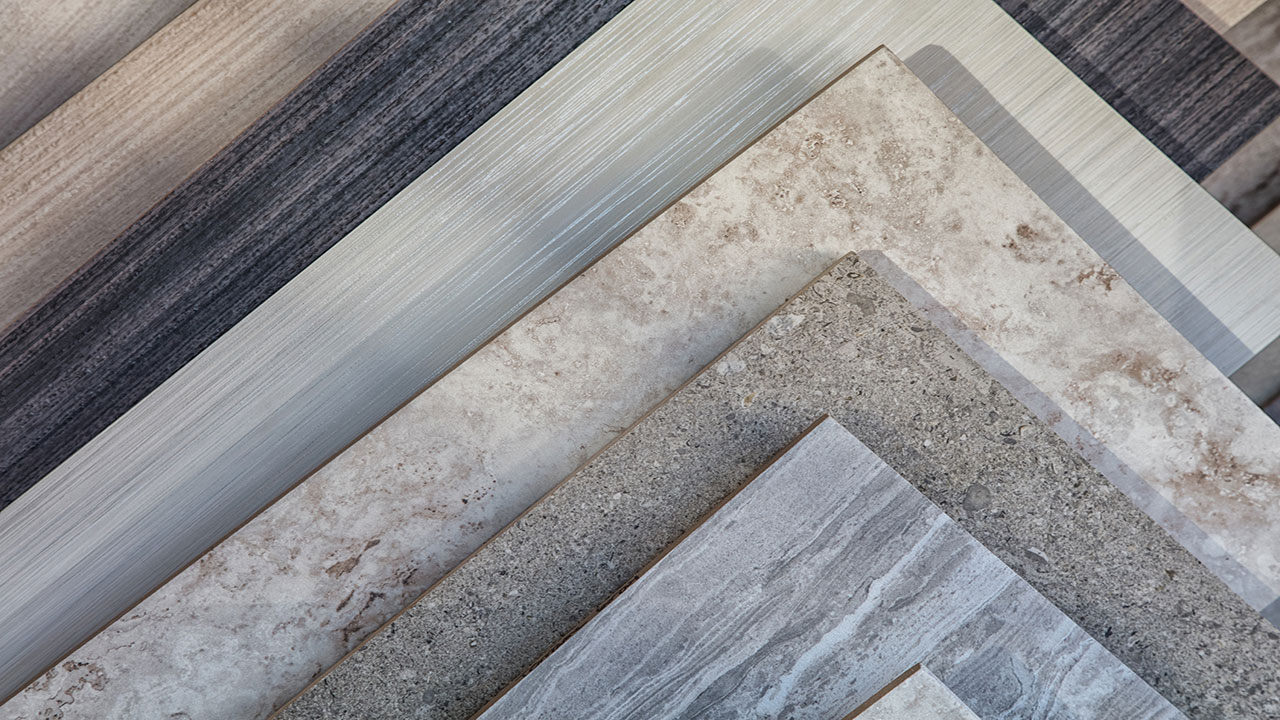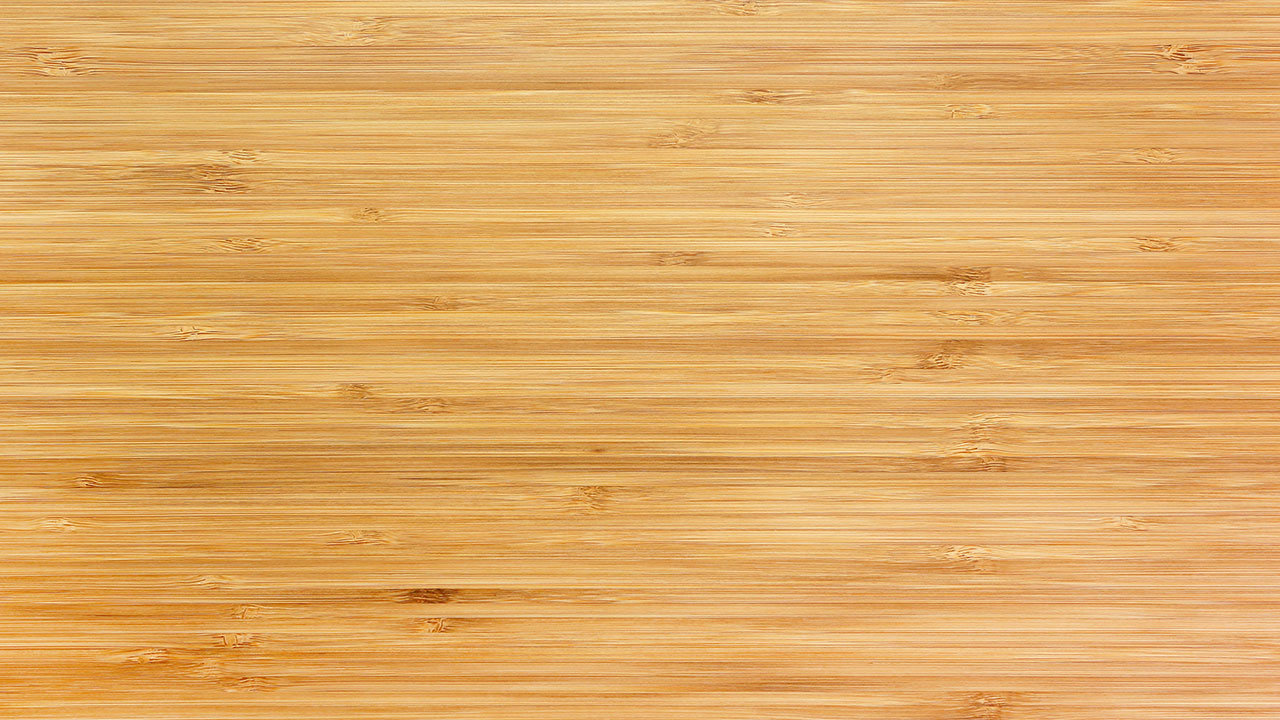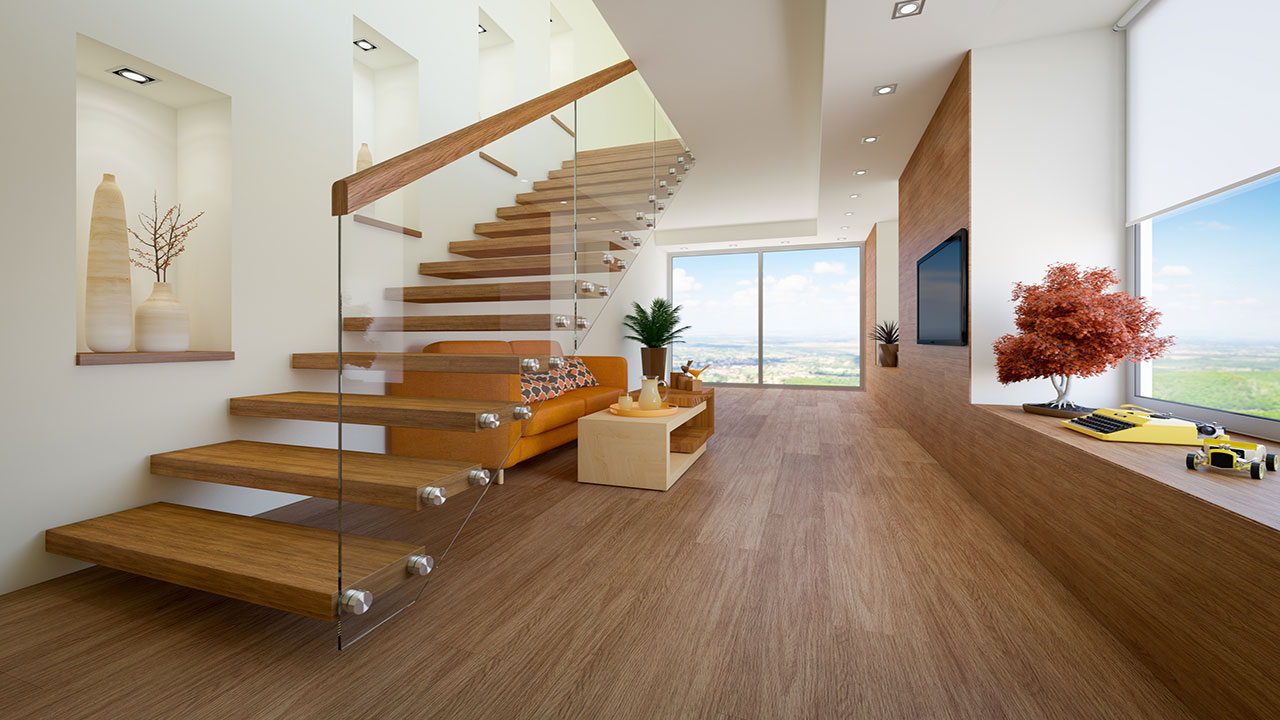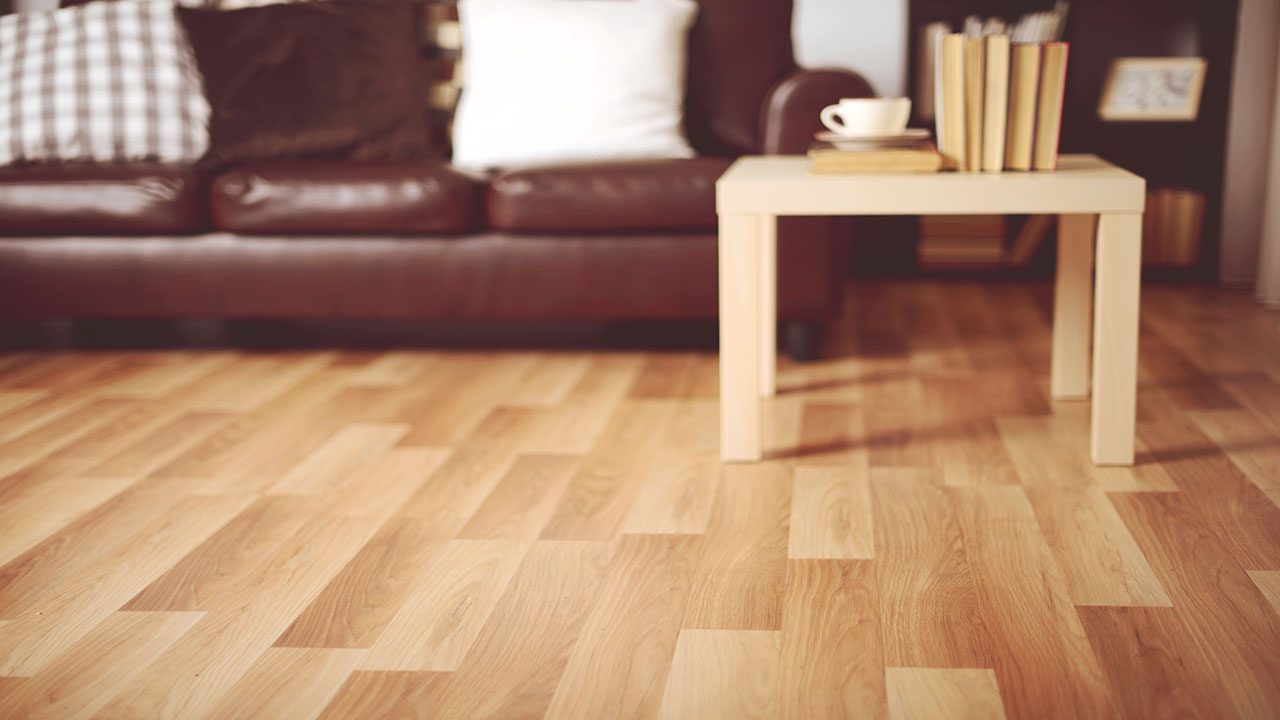6 Alternatives to Traditional Hardwood Flooring

Hardwood flooring has long been a mainstay in homes, and for good reason. It’s durable, and it’s appealing to the eye. These days, hardwood is being used in more unexpected places, including kitchens and even bathrooms. But as gorgeous as hardwood flooring is, it can also be susceptible to water damage and is downright expensive.
The good news is that homeowners have plenty of options for flooring materials that provide a similar look to their interiors as hardwood. Such materials not only rival the look of hardwood, they’re also often more affordable.
Here are some alternatives to hardwood flooring that warrant some consideration.
1. Bamboo

If you’re the eco-friendly type but still loves the aspect of natural materials, then you’ll love bamboo. You won’t be sacrificing in durability because bamboo is as tough as nails. It’s incredibly sturdy and is actually stronger than many types of wood.
Bamboo features a grain that closely mimics that of hardwood, making it a wonderful alternative to the more traditional type of flooring. Many homeowners prefer bamboo to traditional hardwood because it is typically much more water resistant. That’s because bamboo is technically not a wood at all, but rather a type of grass. That said, it’s not entirely immune to water, so the same types of precautions should be taken to protect bamboo flooring from excess water and moisture.
Bamboo flooring is easy to maintain with nothing more than a damp cloth for cleaning. It is also more resistant to scratches and scuff marks compared to hardwood flooring.
To create flooring with bamboo, poles are sliced into strips of varying widths and skin is removed. The strips are then compressed under high heat to create the final flooring product. It can then be stained in any number of colors to create a fully customized look.
2. Cork
Another type of sustainable flooring material that an increasing number of homeowners are choosing over hardwood is cork. While this material is a little soft, it is still incredibly durable, making it a safe flooring option. It also tends to be a more comfortable type of flooring for children to play on given it’s slightly softer feel.
Cork doesn’t exactly look like hardwood, but it’s a natural material that is increasingly finding its way into homes across the country. Available in both planks and tiles, cork is rather simple to install. It’s resistant to mildew, absorbs sound, and wards off insects to prevent any damage done by pests.
While cork is easy to maintain, any spills should be mopped up immediately or else the material could be subject to swelling and staining. The material should be sealed with wax every year in order to avoid any permanent damage as a result. Since cork cannot be sanded down and refinished, it’s important to ensure no damage is done to this material.
3. Engineered Hardwood

Unlike hardwood flooring – which is made from planks taken from actual trees – engineered hardwood is made of wood particles that are fused together and enclosed by a veneer wood. It is this type of construction that makes engineered hardwood so durable and resistant to wear and tear from heavy traffic.
Engineered hardwood also much better able to handle exposure to water and moisture, as well as extreme fluctuations in temperature and humidity. Traditional hardwood is notorious for experiencing severe damage as a result of water and heat.
This is a more cost-effective option compared to hardwood, while still providing the same beautiful esthetics. And since there is less waste involved with the construction of engineered hardwood, it’s also more eco-friendly too.
4. Vinyl Planks
The thought of “vinyl” on flooring might not sound very classy, but vinyl planks can be just as visually appealing as the real thing. And since these planks are applied individually just like hardwood, they do a very good job of imitating actual wood for a much more affordable price.
Of course, you can also find vinyl that comes in tiles and sheets, but the planks are more authentic looking. Vinyl planks even come textured with beveled edges to further increase the legitimacy of this hardwood alternative.
This flooring material is not only affordable, it’s also easy to maintain and very durable. In fact, it can last just as long as – if not longer than – other traditional types of flooring materials. It’s also more sound absorbent, which means all that clanking from foot traffic won’t be as loud.
That said, vinyl planks are more susceptible to scratches, which means a little more care is needed to keep them in good condition.
5. Laminate Wood Flooring

Another affordable alternative to hardwood flooring is laminate, which may have been around for a long time but has recently gained more attention. You can easily get the look you’re after thanks to all the options you have in terms of colors and patterns.
Laminate wood flooring material is very durable and is highly resistant to water and moisture, unlike its hardwood counterpart. For this reason, this type of flooring is a great option for those who love the look of hardwood in the kitchen but don’t want something that’s going to ruin so easily in these types of environments.
If you do decide to go with laminate, be sure to do some research into the different products and manufacturers out there, as there is a wide variation in the level of quality of this type of material.
6. Wood-Look Porcelain Tile
Porcelain tile that looks like hardwood? Yes, it really exists, and it’s actually quite attractive. In fact, porcelain tile that simulates hardwood is becoming an increasingly popular trend in flooring among homeowners who appreciate an incredibly durable material under their feet.
Manufacturers have become pretty savvy in their creations and have managed to come up with porcelain tile that looks as close to hardwood as possible. The textures, colors, and grain patterns in various porcelain tile materials help homeowners achieve the look of hardwood while providing them with something that’s as durable and easy to keep clean as possible.
Of course, it’s still porcelain, so you’re not going to get the feel of actual wood with this type of material.
The Bottom Line
You might love hardwood, but aren’t too keen on its price tag. Or, you might be looking for something that looks like hardwood but is easier to maintain and is able to withstand a little more wear and tear. You’re in luck, because there are several alternatives available for you to consider when it comes time to revamp the floors in your home. Consider any one of the above materials to achieve the esthetic appeal of hardwood and create an attractive interior without blowing the budget.


